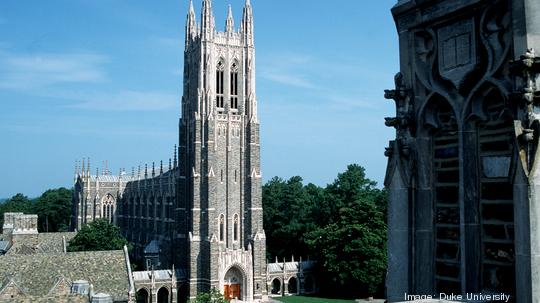
A Triangle medical technology firm that spun out of Duke University has raised $23 million to facilitate its growth.
The company, restor3d in Durham, which develops biomedical implants using its 3D printing technology platform, announced Tuesday the completion of the raise. The company said the financing will enable it to expand its delivery of surgical solutions across multiple musculoskeletal specialities and develop machine learning tools that help with patient specific implant design.
The announcement follows a March 15 filing with the U.S. Securities and Exchange Commission that shows the company raised $13.9 million in equity from 147 investors. The company was planning to raise $22 million and had a little more than $8 million left to be raised at the time of the filing.
The financing round, which began on March 1, nearly quadruples the total amount the company has raised since its inception. According to securities filings, restor3d raised about $4.9 million in 2020, $385,000 in 2018 and $650,000 in 2017.
The company will use its most substantial financing round in four ways, Ken Gall, Duke professor and company co-founder, said in a statement. This includes introducing new products and enhanced 3D printed surgical solutions and developing machine learning enabled software for surgical planning and implant design. The funding will also support research, preclinical and clinical studies and the expansion of a commercial team.
Additionally, Gall said the capital will help the company move into a new facility in Research Triangle Park in early 2023 that will include space for in-house manufacturing, surgeon training and education labs.
The raise follows restor3d merging last year with Kinos Medical, an ankle replacement company based in Pennsylvania. The merger accelerated restor3d's expansion into the foot and ankle market, which is a high-growth area in the U.S., the company said when announcing the merger in May 2021.
"My belief is that surgical reconstructions of the future will be performed with implants that are tuned to the anatomy, biomechanics and tissue biology of individual patients and explicitly designed and improved based on data sets of pre- and post-operative clinical data," Gall said at the time. "The combination of these two thriving businesses is an exciting step towards this future."

